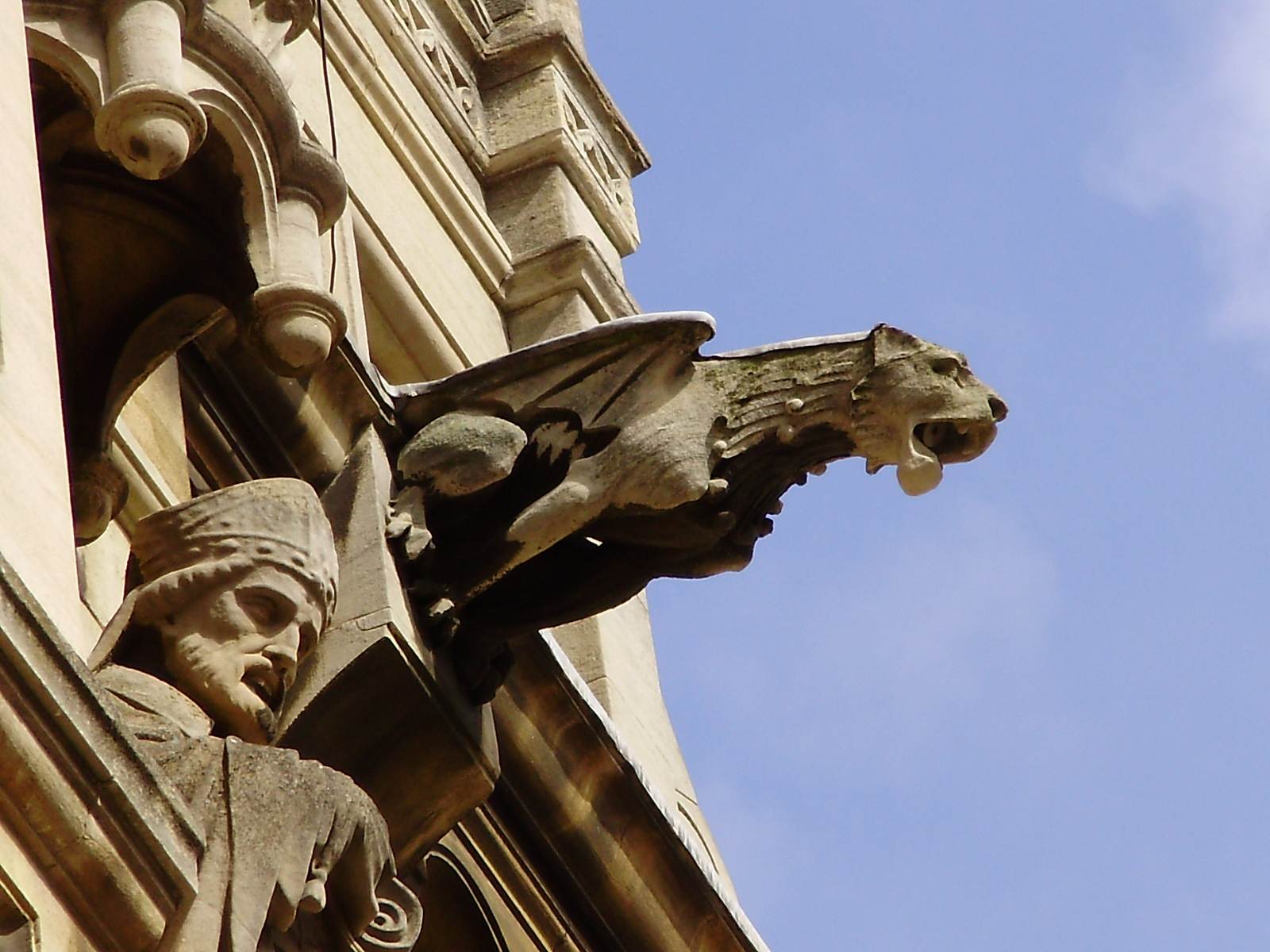From what we studied, some quick notes on what effect ancient societies had on our life today
Mesopotamia- Called the Cradle of Civilization. Often given credit for where an agrarian lifestyle started. First place to use writing, the wheel, and irrigation. Also where cities started and laws were first written down.
Ancient Egypt-A very early civilization that lasted for 3,000 years. As evidenced in their massive structures and preservation of the dead, they had great knowledge in building, mathematics, astronomy, and medicine. A big influence at the time on the surrounding areas and Ancient Egypt continues today to fascinate people.
Ancient Greece- With their philosophers and practice of democracy, Ancient Greece has had a large impact on our perception how people should live together and what is right and wrong. Their mathematicians and scientists made great discoveries, and Greek plays, sporting traditions (Olympics), and architecture still influences us today.
Ancient Rome-Besides keeping much of the contributions of Ancient Greece alive, see above, Ancient Rome has heavily influenced our system of government, system of law, how we organize our armies, and made large advances in architecture (arches, cement). Many languages came from or where influenced by Latin and the Romans made Christianity the dominant religion of the Western World.
Medieval Times-Refined how we do banking, setup up principals of grammar and writing conventions, and is when Universities first started in the Western World. Also the time that chivalry and romantic love started, is when we first saw mechanical clocks and corrective glasses. It is when compasses first appeared in the Western World, along with the printing press. Also saw the Magna Carter, which limited the power of the king, and the rise of urban culture.
Mesopotamia- Called the Cradle of Civilization. Often given credit for where an agrarian lifestyle started. First place to use writing, the wheel, and irrigation. Also where cities started and laws were first written down.
Ancient Egypt-A very early civilization that lasted for 3,000 years. As evidenced in their massive structures and preservation of the dead, they had great knowledge in building, mathematics, astronomy, and medicine. A big influence at the time on the surrounding areas and Ancient Egypt continues today to fascinate people.
Ancient Greece- With their philosophers and practice of democracy, Ancient Greece has had a large impact on our perception how people should live together and what is right and wrong. Their mathematicians and scientists made great discoveries, and Greek plays, sporting traditions (Olympics), and architecture still influences us today.
Ancient Rome-Besides keeping much of the contributions of Ancient Greece alive, see above, Ancient Rome has heavily influenced our system of government, system of law, how we organize our armies, and made large advances in architecture (arches, cement). Many languages came from or where influenced by Latin and the Romans made Christianity the dominant religion of the Western World.
Medieval Times-Refined how we do banking, setup up principals of grammar and writing conventions, and is when Universities first started in the Western World. Also the time that chivalry and romantic love started, is when we first saw mechanical clocks and corrective glasses. It is when compasses first appeared in the Western World, along with the printing press. Also saw the Magna Carter, which limited the power of the king, and the rise of urban culture.










